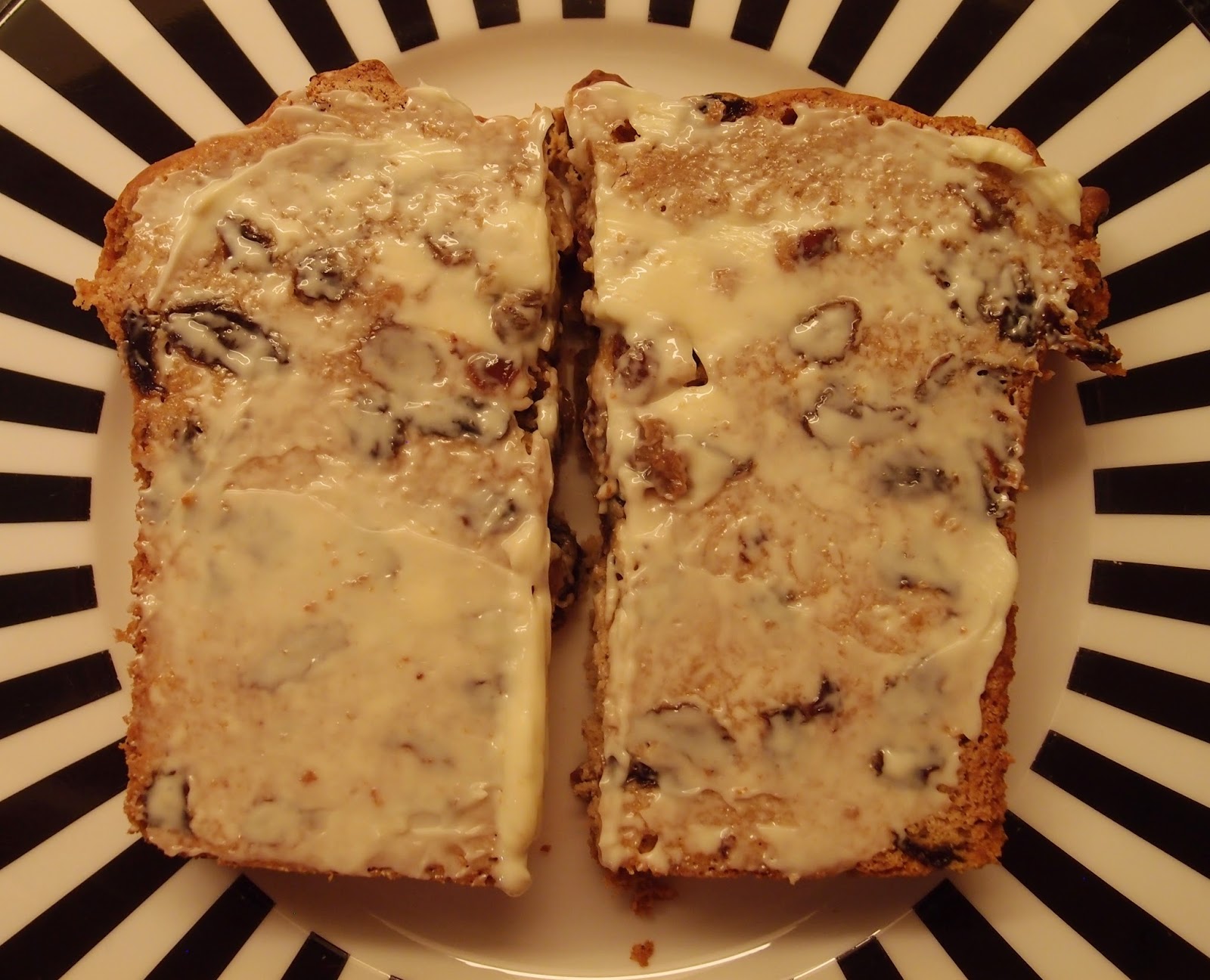This week I needed something that was quick to make and
would keep nicely in a tin for several days.
We are in the final throes of boxing everything up for moving and this
is my last bake in our current home. I
have mixed feelings about leaving; on the one hand this is the kitchen my blog
started in and it’s the only oven I have ever seriously baked in. On the other hand...hello big kitchen, range
cooker and more counter space than I could dream of!
You can’t go wrong with an oat biscuit. If ever I needed a slogan that would be it. When they’re crisp they’re great, when they age and go a bit flapjack-y they’re great. I love the smell, the substantial texture and the way the vanilla just pops against them and makes the flavour almost creamy.
Due to my kitchen being in boxes this will be my last blog
post for a couple of weeks. I’m aiming
to be back before Christmas with at least one seasonal bake but for now this is
The Caked Crusader, over and out! See
you on the other side!
Ingredients
175g unsalted butter, at room temperature
275g Demerara sugar
1 egg
4 tablespoons water
1 teaspoon vanilla extract
140g plain flour
½ teaspoon bicarbonate of soda
pinch of salt
375g rolled oats
275g Demerara sugar
1 egg
4 tablespoons water
1 teaspoon vanilla extract
140g plain flour
½ teaspoon bicarbonate of soda
pinch of salt
375g rolled oats
Method
Preheat the oven to 180C/fan oven 160C/350F/gas mark 4.
Line three baking sheets with baking paper or non stick
foil.
Beat together the butter and sugar until smooth and well
combined; because of the ratios and the grittiness of the sugar it won’t go
really light and whippy.
Beat in the egg, water and vanilla.
Beat in the flour, bicarbonate of soda and salt.
Stir in the oats – at first it will seem that they will
never mix in, but they will!
Take tablespoons of mix, roll into balls, place on baking
sheets and flatten the tops. Leave a
reasonable gap around them – I put 8 on a standard baking sheet (I got 25 biscuits in total).
Bake for 15-18 minutes or until golden.
Leave to cool and firm up on the baking sheet before storing
in an airtight container.
Bask in the glory of the wonderful thing you have created.
Eat.




























